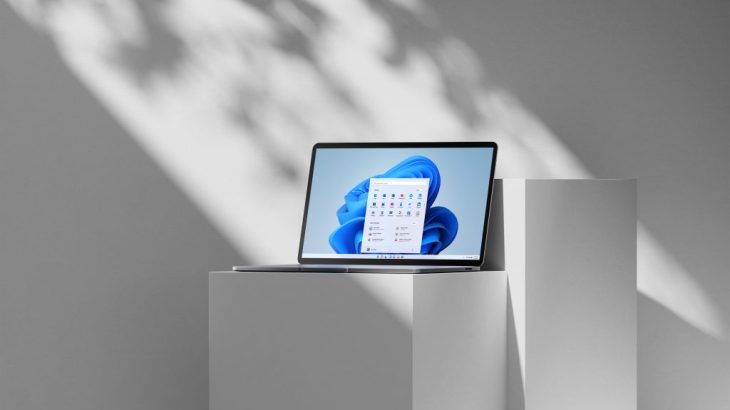Microsoft recently unveiled the next generation of Windows. Windows 11 includes new capabilities designed to support hybrid work and the needs of today’s commercial organisations.
While the new version includes a visual refresh and new capabilities for end users and commercial organisations, there’s new value for IT too – from the chip to the cloud.
Windows 11 uses modern hardware to deliver the most secure Windows ever, with TPM and virtualisation-based security support for everyone. The company is also claiming to have added over 1,000 new management controls to make it easier to move away from older management systems like Group Policy.
Planning for Windows 11
Microsoft recognizes that every organisation will need time to transition to Windows 11. Organisations need to start by reviewing the system requirements for Windows 11 and evaluate and asses device readiness across their environments. Note that, in general, most accessories and associated drivers that work with Windows 10 are expected to work with Windows 11.
Windows 11 is based on a shared Windows 10 code base so it’s natively compatible with the software and solutions used today. Applications that work on Windows 10 work on Windows 11. It is still a good idea, however, to validate the applications in your environment to ensure that they function as expected on Windows 11. Windows 11 preserves the application compatibility promise that Microsoft made with Windows 10. However, for any compatibility issue with a Microsoft application, independent software vendor (ISV) application, or custom in-house line of business (LOB) application, enterprises can avail the App Assure service.
In addition, Windows 11 and Windows 10 are designed to coexist, backed by a common set of security and management capabilities delivered by the Microsoft cloud. Organisations would do well to take advantage of cloud-based endpoint management capabilities offered in Microsoft Endpoint Manager.
Further guidance to support Windows 11 upgrade and deployment is available here.
Windows 11 upgrade
Enterprises will be able to upgrade eligible devices at no cost when the upgrade reaches general availability later this year. Business users will be able to upgrade to Windows 11 at their own pace. Microsoft won’t force them immediately onto Windows 11.
Organisations will have until October 2025 to decide whether they want to move to 11. If they’re running Enterprise, they’ll be able to downgrade to Windows 10, as well.
Before you deploy Windows 11, assess your deployment infrastructure (that is, tools such as Configuration Manager, Microsoft Intune, or similar) and current configurations (such as security baselines, administrative templates, and policies that affect updates).
- Utilizing cloud-based solutions like Microsoft Endpoint Manager will simplify the rollout of Windows 11 and make it easier to keep devices up to date moving forward.
- Windows Autopilot will enable you to deploy new Windows 11 devices in a “business-ready” state that includes your desired applications, settings, and policies, or to change the edition of Windows.
- Microsoft Intune offers full control over apps, settings, features, and security for both Windows 11 and Windows 10.
What about Windows 10?
Windows 10 will be supported until October 2025. The next update for Windows 10, Version 21H2, will be released later this year and it’s reasonable to expect that the 21H2 update will receive at least 30 months of support.
However, it is not yet clear if the 21H2 update would be the final feature update for Windows 10. Microsoft though has confirmed that monthly security and related updates will continue to support the operating system.
It is also not confirmed yet whether Microsoft will offer paid Extended Security Updates (ESUs), as they did with Windows 7, for customers who want and need to stay on Windows 10 after support ends.
Windows as a Service
With Windows 10, Microsoft made a significant shift from big upgrades to incremental feature updates offered twice per year. However, that Windows-as-a-Service model is set to change with Windows 11.
Beginning with the release of Windows 11 this fall, Microsoft will move to just one feature update per year with an aim to soften the impact of multiple updates every year on the IT departments.
The support timeline is also changing with this new version of Windows. While Windows 11 Home and Pro editions will receive 24 months of support, the Enterprise and Education editions will receive 36 months of support. Of course, Windows 11 will continue to receive a monthly cycle of security and performance updates throughout its lifetime just like Windows 10.
Do connect with us when you’re considering upgrading to Windows 11, and we’ll help you create a deployment plan and offer guidance and support basis your environment and infrastructure. Simplex Services is a Microsoft Gold Partner. Write to us at info@simplex-services.com.
